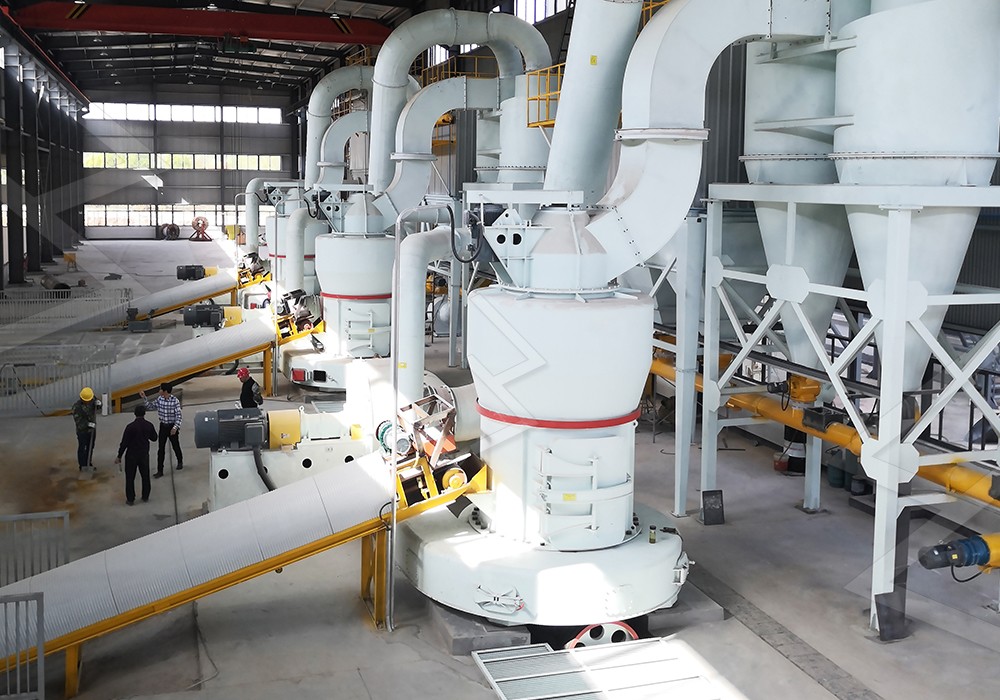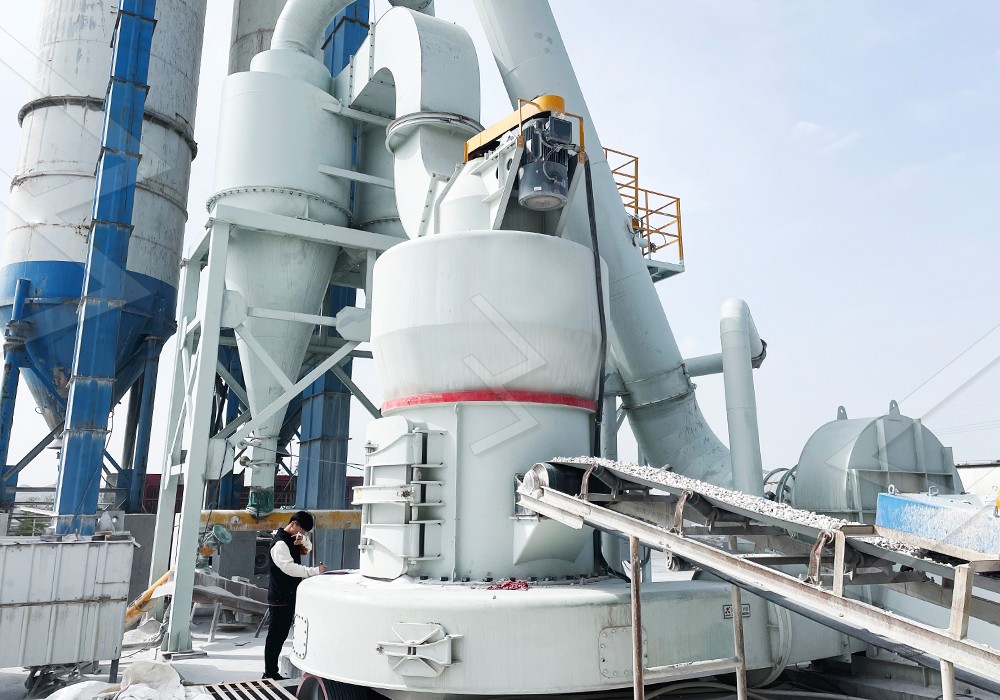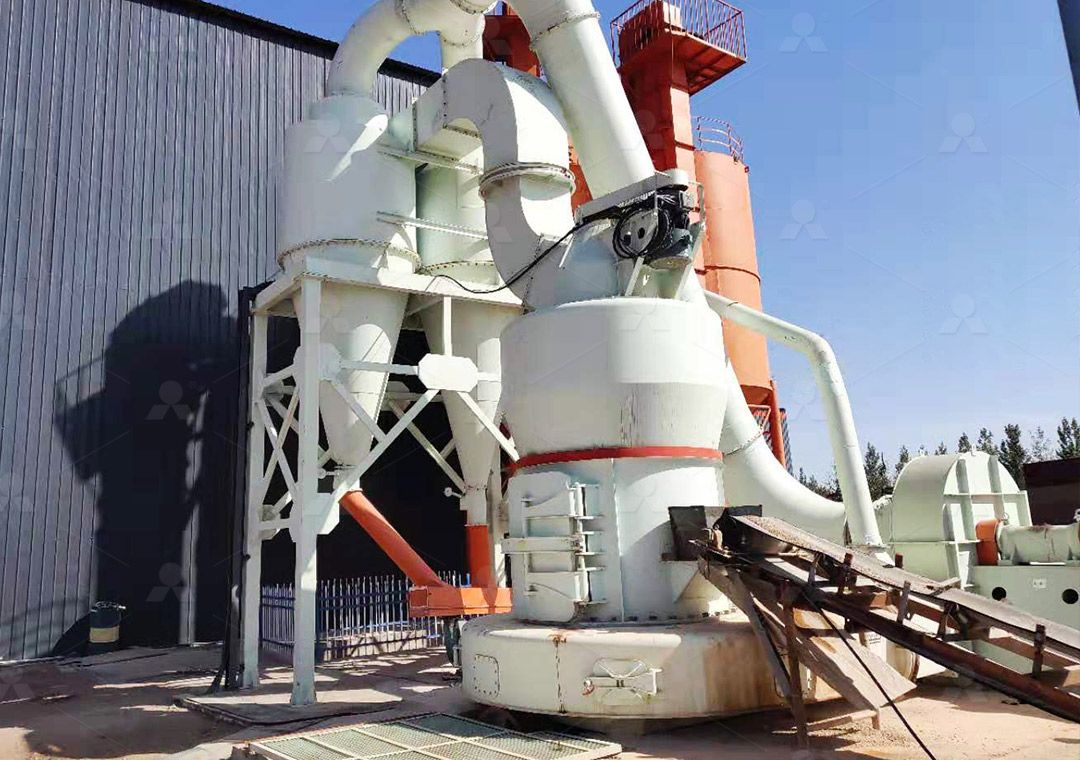Bentonite Grinding with European Version Mill: A Complete Guide
Bentonite Grinding with European Version Mill: A Complete Guide
Bentonite, a highly absorbent aluminum phyllosilicate clay, has become an indispensable material across numerous industries. From foundry binders and drilling muds to cat litter and pharmaceutical applications, the demand for precisely processed bentonite continues to grow. The key to unlocking bentonite’s full potential lies in selecting the right grinding equipment that can deliver the required fineness while maintaining operational efficiency.
Understanding Bentonite Grinding Requirements
Bentonite processing presents unique challenges that require specialized milling solutions. The material’s swelling properties, moisture content, and abrasive nature demand equipment that can handle these characteristics while producing consistent particle size distribution. Traditional grinding methods often fall short in achieving the optimal balance between production capacity and energy consumption.

European version mills have emerged as the preferred solution for bentonite processing due to their advanced engineering and efficient operation. These mills combine European grinding technology with local manufacturing expertise, creating machines specifically designed to handle materials like bentonite with exceptional performance.
The European Version Mill Advantage
European version mills represent a significant advancement in grinding technology. Unlike conventional mills, they incorporate multiple proprietary technologies that enhance grinding efficiency, reduce energy consumption, and minimize environmental impact. The bevel gear transmission system provides smoother operation compared to traditional edge transmission systems, while the internal thin-oil lubrication system ensures reliable performance even under continuous operation.
One standout example in this category is the MTW-Z European Trapezium Mill, which has proven particularly effective for bentonite processing. This mill features several innovative design elements that make it ideal for clay minerals:

Key Features for Bentonite Processing
The MTW-Z European Trapezium Mill incorporates diluted oil lubrication for the grinding rollers – a maintenance-friendly technology that eliminates frequent oil additions and reduces operational costs. The absence of a shovel blade cylinder in the grinding chamber creates larger ventilation areas and smaller air-conveying resistance, directly improving grinding efficiency.
For operations requiring even finer powders, the MW Ultrafine Grinding Mill offers exceptional capabilities. With an adjustable fineness range between 325-2500 meshes and capacity of 0.5-25 tph, this machine is perfect for applications demanding ultra-fine bentonite powders. Its unique design eliminates rolling bearings and screws in the grinding chamber, preventing common failure points and ensuring continuous operation.
Optimizing Your Bentonite Grinding Operation
Successful bentonite processing requires more than just selecting the right equipment. Proper system configuration, including appropriate feeding systems, dust collection, and product classification, is crucial for achieving optimal results. European version mills are designed to integrate seamlessly with these auxiliary systems, creating a cohesive processing line that maximizes productivity.
The elastic volute damping structure in mills like the MTW-Z effectively reduces vibration damage, while advanced powder concentrators ensure precise particle size control. These features combine to create a stable operating environment that produces consistent product quality batch after batch.

Environmental and Economic Considerations
Modern European version mills address both environmental compliance and operational economics. Efficient pulse dust collectors and mufflers minimize dust and noise pollution, while energy-saving designs reduce power consumption by 30-50% compared to traditional mills. The digitalized processing of core components ensures high precision manufacturing, resulting in longer service life and reduced maintenance requirements.
Frequently Asked Questions
What makes European version mills suitable for bentonite grinding?
European version mills feature advanced grinding curves, efficient powder separation technology, and robust construction that can handle bentonite’s abrasive nature while delivering consistent particle size distribution.
How fine can bentonite be ground using these mills?
Depending on the specific mill model, bentonite can be ground to fineness levels between 325-2500 meshes. The MW Ultrafine Grinding Mill, for instance, can achieve d97≤5μm in a single pass.
What capacity ranges are available?
European version mills offer varying capacities to match different production needs. The MTW-Z European Trapezium Mill handles 3-55 tph, while the MW Ultrafine Grinding Mill processes 0.5-25 tph, providing options for both large-scale and specialized operations.
How do these mills address environmental concerns?
These mills incorporate efficient pulse dust collectors, silencers, and sealed systems that operate under negative pressure, ensuring compliance with environmental standards while maintaining a clean working environment.
What maintenance advantages do European version mills offer?
Features like external lubrication systems, reversible structures for easy access, and the elimination of internal screws and rolling bearings in the grinding chamber significantly reduce maintenance requirements and downtime.
